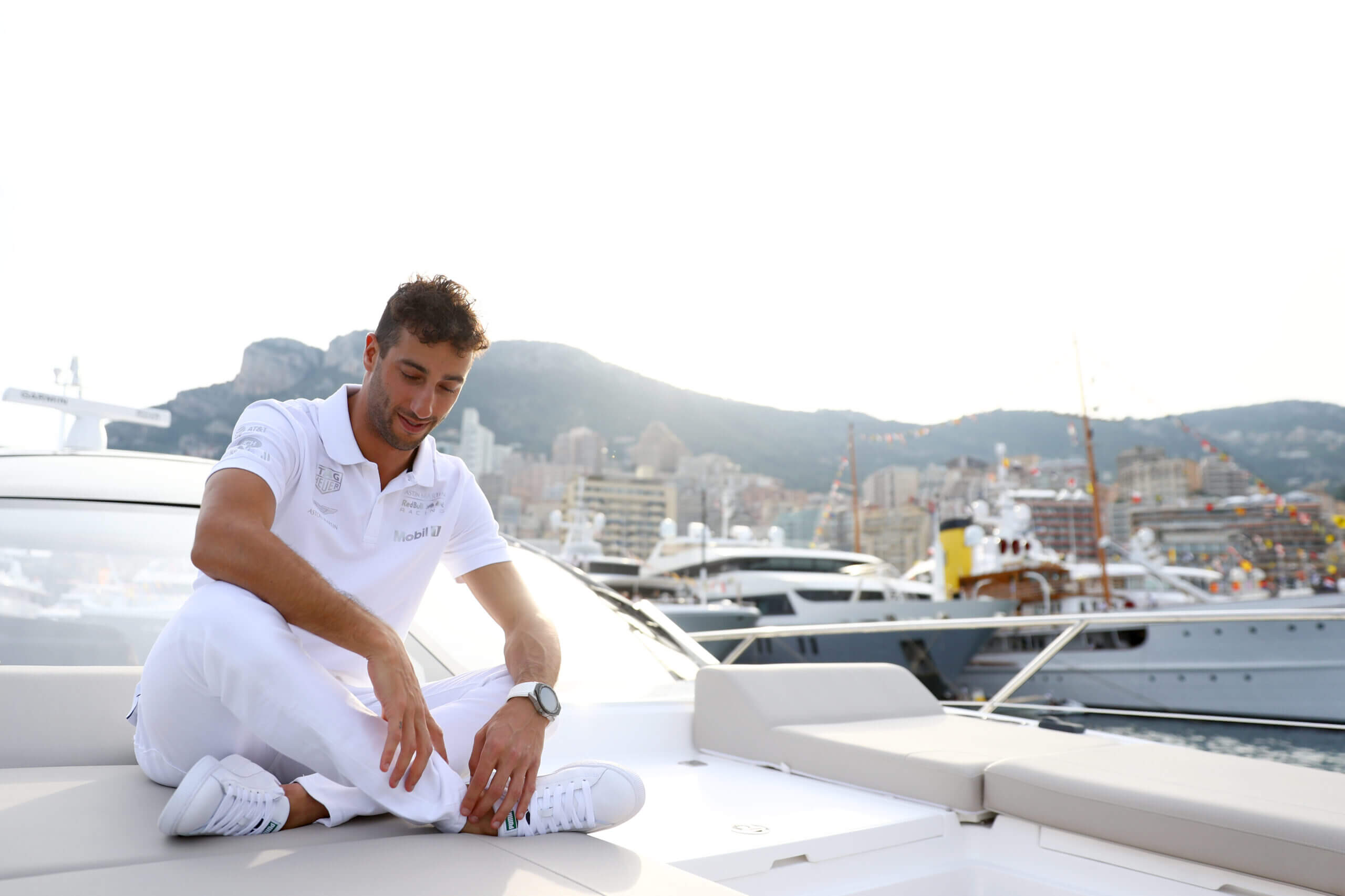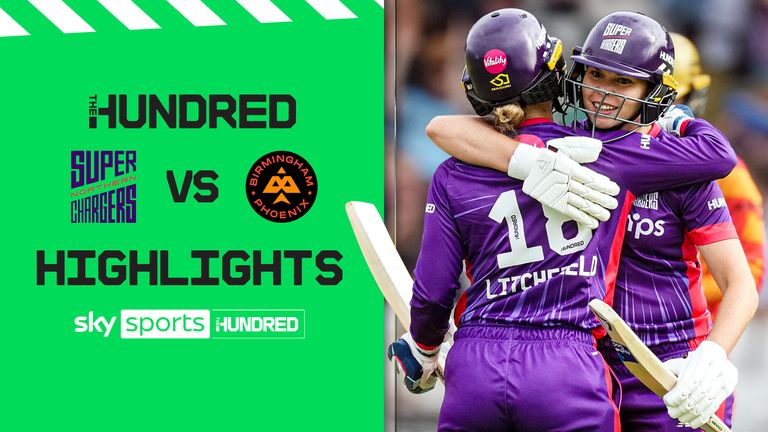Stay informed on all the biggest stories in Formula One. Sign up here to receive the Prime Tire newsletter in your inbox every Tuesday and Friday morning.
Leaving Spa on Sunday night after the Belgian Grand Prix, there was a real feel-good vibe around the Formula One paddock as teams packed up their garages and motorhomes.
Even the light, mizzly rain couldn’t dampen spirits. Calls of “Have a great summer!” went back and forth across the paddock as forklifts lifted freight boxes back into trucks, all bound for each team’s headquarters. After the Hungary-Belgium double-header to round out four races in the space of a month, at last, it was time for F1 to take a break.
Four weeks without a grand prix may not be welcome news to fans, who have grown accustomed to regular F1 action over the past few months.
But for the drivers, teams and broader paddock, the summer break is one of the most important times of the year to help everyone recharge before returning for the Dutch Grand Prix and prepare for the 10-race, 14-week stretch to the end of the season.
Enforcing the shutdown
It is rare for a sporting series, let alone an entire industry, to totally shut down for a few weeks. It’s even stranger for the shutdown to be mandated by the same regulations that govern the racing.
Article 24 of the FIA’s sporting regulations for F1 outlines the rules for “competitor factory shutdowns” that state all teams must observe a period of “14 consecutive calendar days during the months of July and/or August” when they cease operations. A similar nine-day rule applies during the winter break, starting Dec. 24.
Sub-regulations define what activities are not allowed, including any wind tunnel operation, design work or assembly of cars. Teams must also inform all suppliers of their shutdown dates to ensure no contact or work is done relating to their F1 cars.
Summer is not the first big gap between races this year. The cancellation of the Chinese Grand Prix meant there was a four-week break between Australia and Azerbaijan in April — as long as the upcoming summer break. Yet teams could use the April time to keep working on their cars. Although a welcome break without traveling eased some of the early-season pressure, the teams’ factories remained in work mode.
That is what makes the summer break different. It will ensure that all operations cease for a couple of weeks, allowing the thousands of people working across the 10 F1 teams to get some proper time off. Because all teams must do the same thing, there is no concern about anyone gaining an advantage.
Teams will use the first week of the summer break to complete all their post-Spa debriefs and prepare for shutdown, which most will commence on Friday. It will then put everyone in “out of office” mode until the end of the third week of the break. Operations will quickly fire back up once the shutdown ends as teams conduct their car build before making the journey to Zandvoort.

Staff at the engineering office of Alpine headquarters in Enstone, west of London, on July 21, 2023. (HENRY NICHOLLS / AFP)
The importance of well-being
Life in F1 can be all-consuming at times, making the summer break an essential way for everyone to hit pause without worrying about car design or trying to turn a season around. The gap can also lead to some fresh perspective upon returning to work.
“We are all so motivated and determined, and everybody in their own right feels like a bit of a warrior and just wants to power through,” said Mercedes’ George Russell. “But I think everyone recognizes the impact that two-week break has to totally reset, come back rejuvenated, and also come up with some new ideas.”
Employee well-being is at the heart of the shutdown. F1’s calendar is the longest it has ever been and will reach a record 24 races in 2024, running from testing in February to the final race in December. So, having some proper time off midway through the season is important. The days when the F1 season would finish in mid-October after 16 or 17 races are long, long gone.
The push to keep people fresh goes beyond the two-week break in the summer. Teams have their own well-being programs, supporting both the physical and mental health of everyone putting in the hard hours for the F1 team. Not only can it help the on-track efforts by unlocking more ‘human performance,’ but fundamentally, it is also the right thing to do.
Why it’s good for the drivers, too
The 22-race schedule may be less demanding on drivers than wider team personnel, given they’ll spend fewer hours at the track and get the best possible travel arrangements. But the summer break can also benefit them, giving them some precious time at home.
“You do feel you’re always traveling or on a plane,” said Alfa Romeo’s Zhou Guanyu, who plans to head home to China during the break.
“Whenever there’s time, you always try and switch off from the outside world. Then you can come back a little bit fresher, mainly on the mental side. There’s a lot of pressure and intensity every weekend.”
The break from living race-to-race can also help drivers fully digest their seasons so far and look at where they can improve going into the second half of the year.
“These breaks really help me,” said Williams rookie Logan Sargeant. “I think it will be a really good chance for me to take a good week and a half off to have some time to myself, reset, and then dig back into it. I always come out stronger on the other side of a break.”
The drivers are human too. They also know the importance of proper time with their friends and families, which is incredibly hard to come by amid the relentless run of races.
Ahead of the post-race press conference on Sunday at Spa, Max Verstappen, Sergio Pérez and Charles Leclerc discussed their summer plans together, knowing they wouldn’t see each other for a few weeks.
Pérez said he planned to “disappear for a few weeks,” while Leclerc said there would be “no racing” for him, instead spending time “around Monaco, Corsica and Sardinia with my family and my friends.”
Even for Verstappen, who is on an eight-race win streak and in the form of his life, there’s no feeling the break comes at a bad time to stop his momentum. “I just want to have a nice time now, have a bit of time with family and friends, and then we’ll go to Zandvoort,” he said.
With 10 races in three months to close out the season, including a flyaway triple-header and the Las Vegas-Abu Dhabi double to finish, the toughest part of the year is still to come.
(Top photo of Daniel Ricciardo: Dan Istitene/Getty Images)
#Formula #summer #break #reset #stronger


